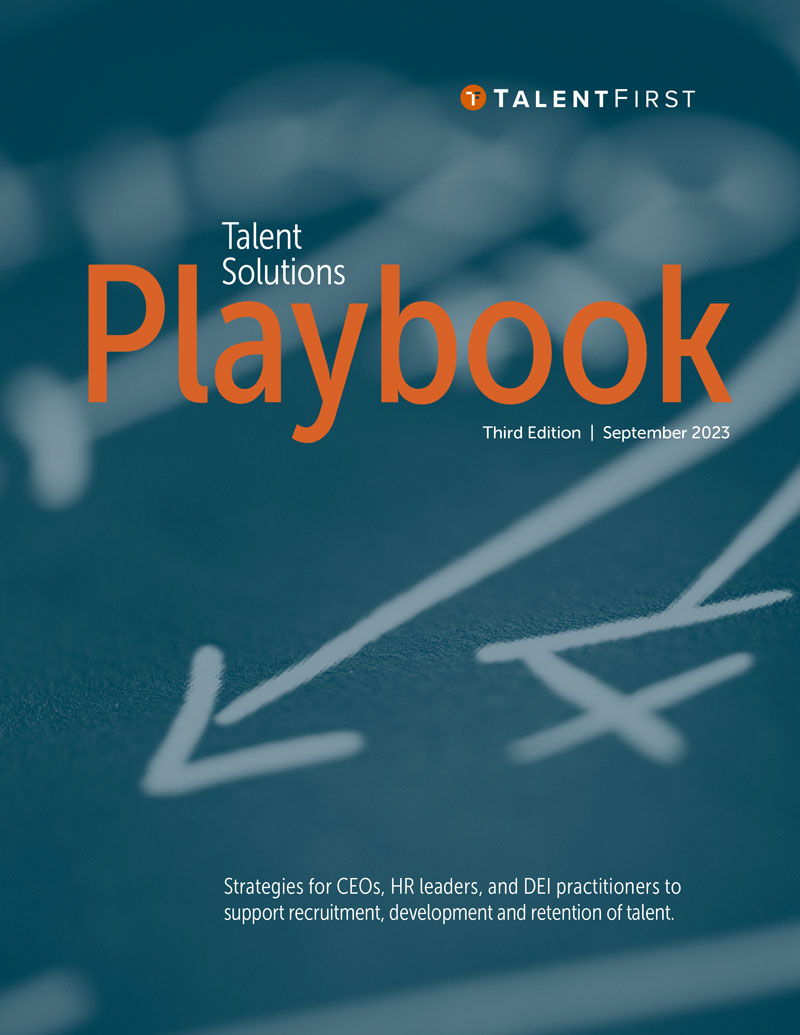A Resource of Potential Candidates
A talent pipeline is a ready pool of potential candidates who are qualified and prepared to fill critical vacancies within an organization. Talent pipelines provide employers with consistent access to qualified streams of candidates, which can be used to fill current and emerging gaps. They also can be developed well in advance to fill anticipated needs — the best companies have pipelines already in place for vacancies they forecast 5 to 10 years into the future.
Why talent pipelines are important to find qualified candidates for hard-to-fill positions, manage attrition, and meet diversity goals:
- 1 in 4 HR leaders identified an inability to fill emerging skill gaps as the leading talent management issue facing their organization
- Best-in-class companies are 3x more likely to populate (PDF) more than 50% of their talent pools from the passive workforce
- 62% of organizations (PDF) say talent acquisition efforts focus solely on active, job-seeking candidates
- 80% of employers have trouble recruiting high-potential talent. 67% are building talent pipelines
KPIs to Establish Talent Pipelines
To assess the effectiveness of talent pipelines, employers should consider other factors beyond the number of candidates available. It’s important to consider the quality of candidates and time to productivity, in addition to identifying which sources provide the most qualified candidates. This information can help refine recruiting and hiring tactics. To improve talent pipelines, employers can
reflect on these examples to develop their own metrics about sources and qualities of candidates their organization needs to reduce the time to fill key positions.
Qualified Candidates per Hire
How many candidates make it past the first hiring stage per job opening?
As organizations begin to invest in building and widening talent pipelines, the number of qualified candidates applying for each open position should increase. Measuring the total volume of candidates is useful, but assessing their quality provides a quick gauge on the condition of the organization’s sourcing and advertising strategies, employer brand, and learning and development programs.
- Which roles have lower rates of qualified candidates applying? Can you partner with preferred education and training providers to improve candidate quality?
- Does the organization offer learning and development (L&D) programs? If so, do these programs provide employees with the right skills to advance?
Source of Hire
Which sources provide the largest share of candidates and the highest quality candidates?
Track candidate volume and quality across sources to determine how time and resources should be allocated. Sources that provide a steady stream of qualified candidates are still valuable, even if they
don’t lead to hires. If an education and training provider is among your top sources, consider partnering to co-design curricula to ensure graduates emerge with the skills and qualifications you need.
- Does your organization have a sourcing strategy? If so, do you track which source provides the highest quality candidates?
- Are resources allocated based on the proportion of candidates or hires each source provides?
- Do candidates share a common primary or secondary source — like a certain high school, college, staffing agency, or community organization — that could be engaged to strengthen the pipeline?
Time to Fill
How many days, on average, does it take to fill an open position?
By definition, candidates in your talent pipeline should already be engaged with your organization and on their way to becoming qualified, if they’re not already. If you find that your talent pipeline doesn’t significantly reduce your average time to fill, you may need to reassess the efficiency of your hiring process or rethink how you qualify candidates.
- Are candidates’ goals aligned with the goals of the organization? Are you sourcing candidates from places and providers that reflect these shared goals and values?
- Is it easy for candidates in your pipeline to apply for openings? Are there ways to streamline the process for passive candidates?
